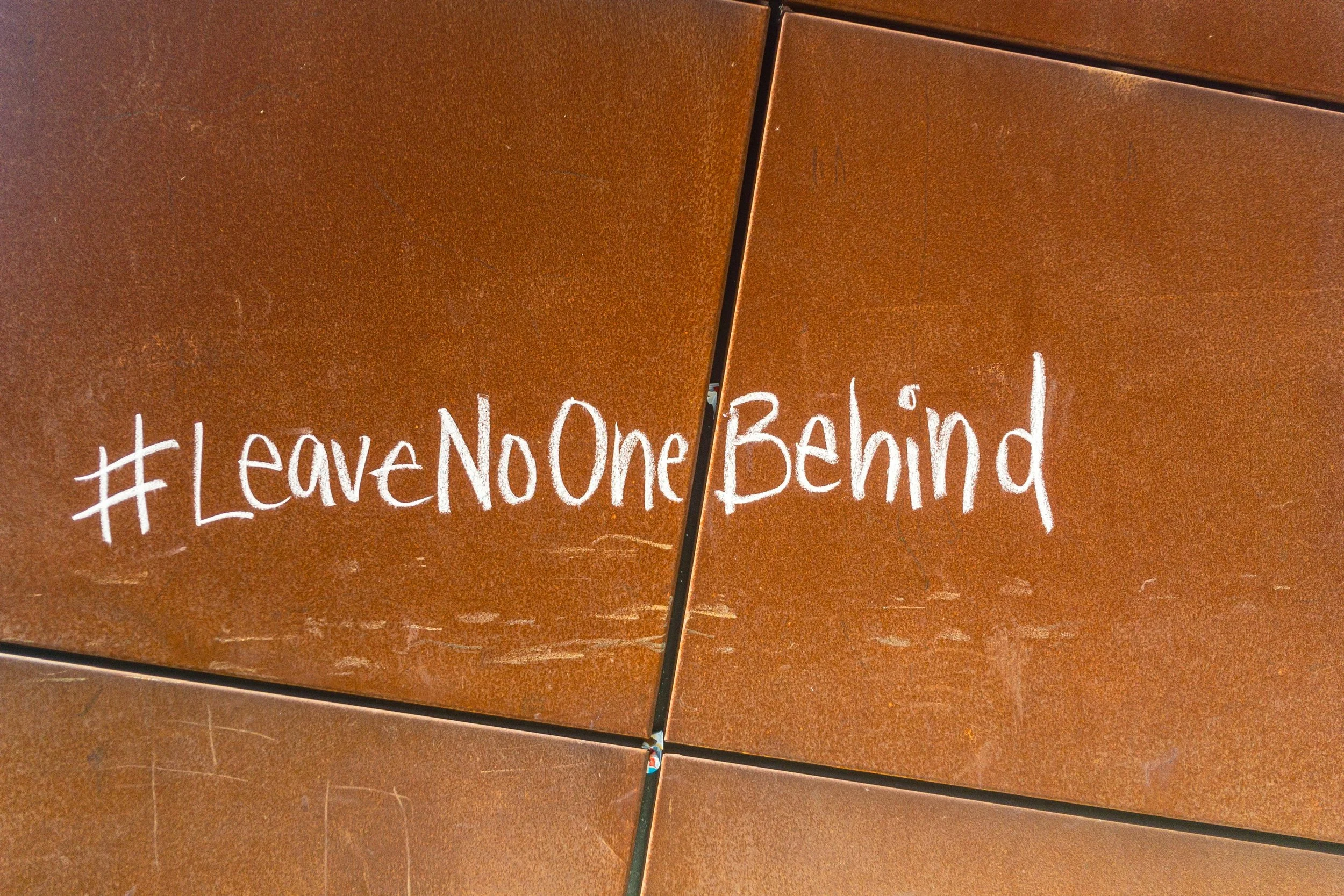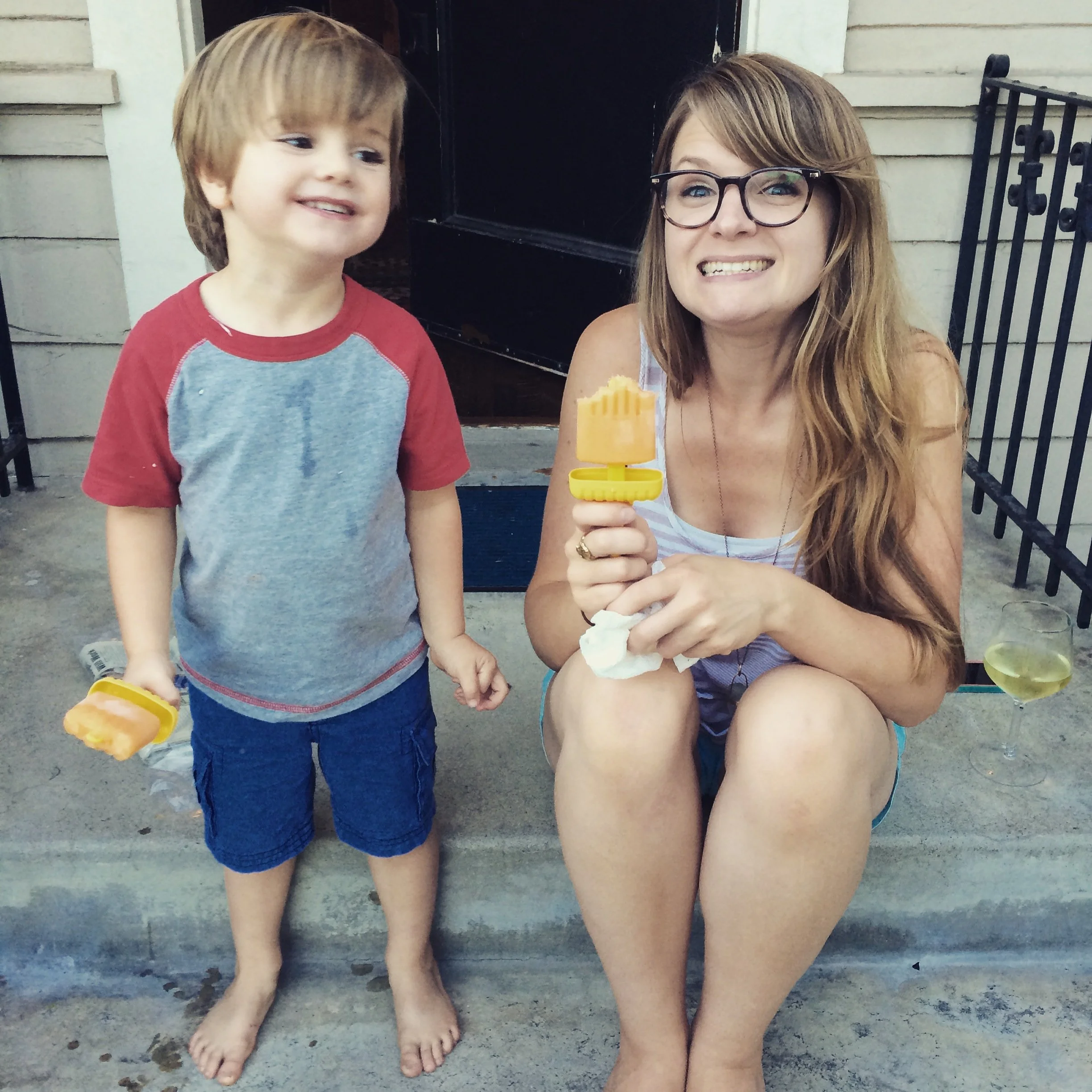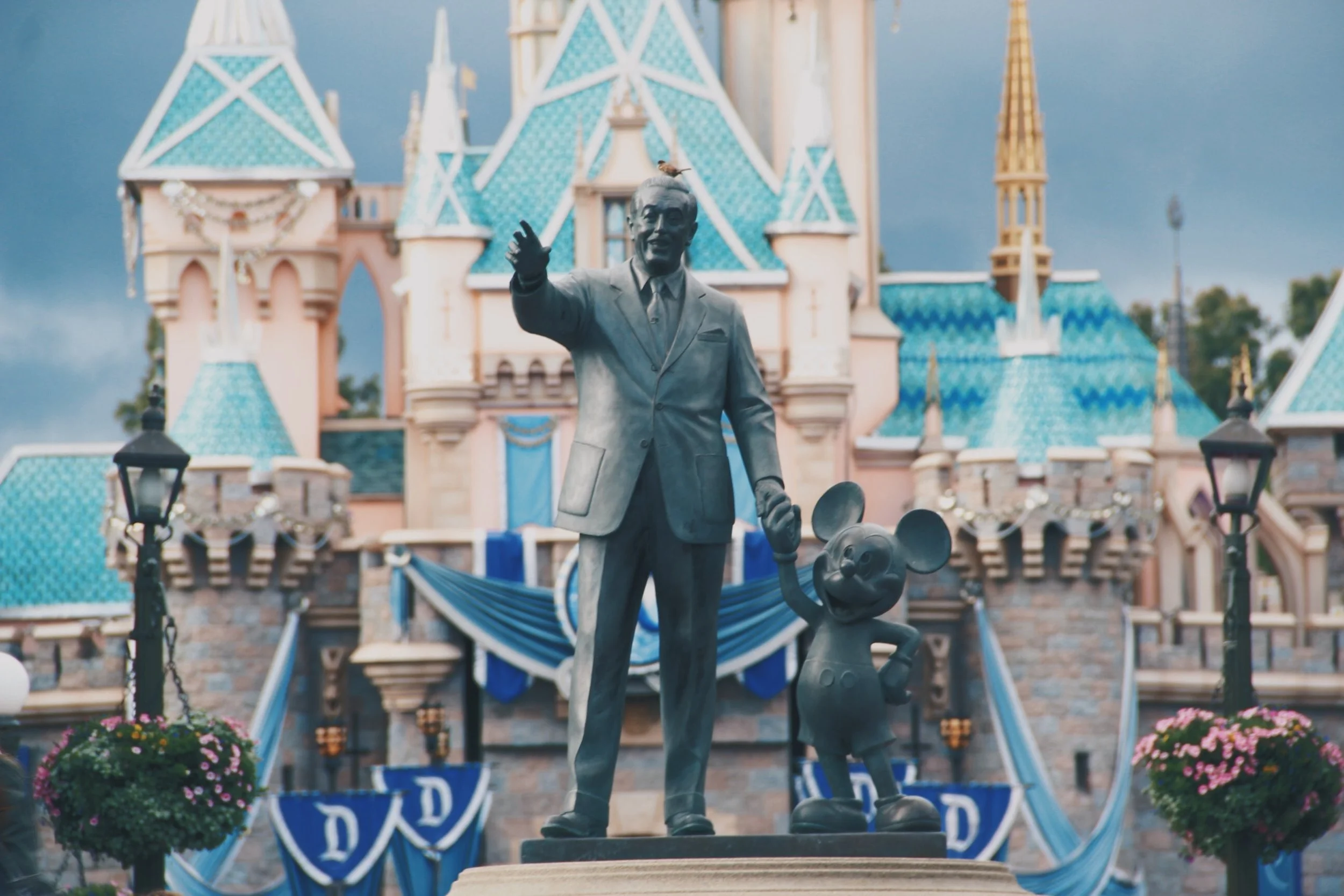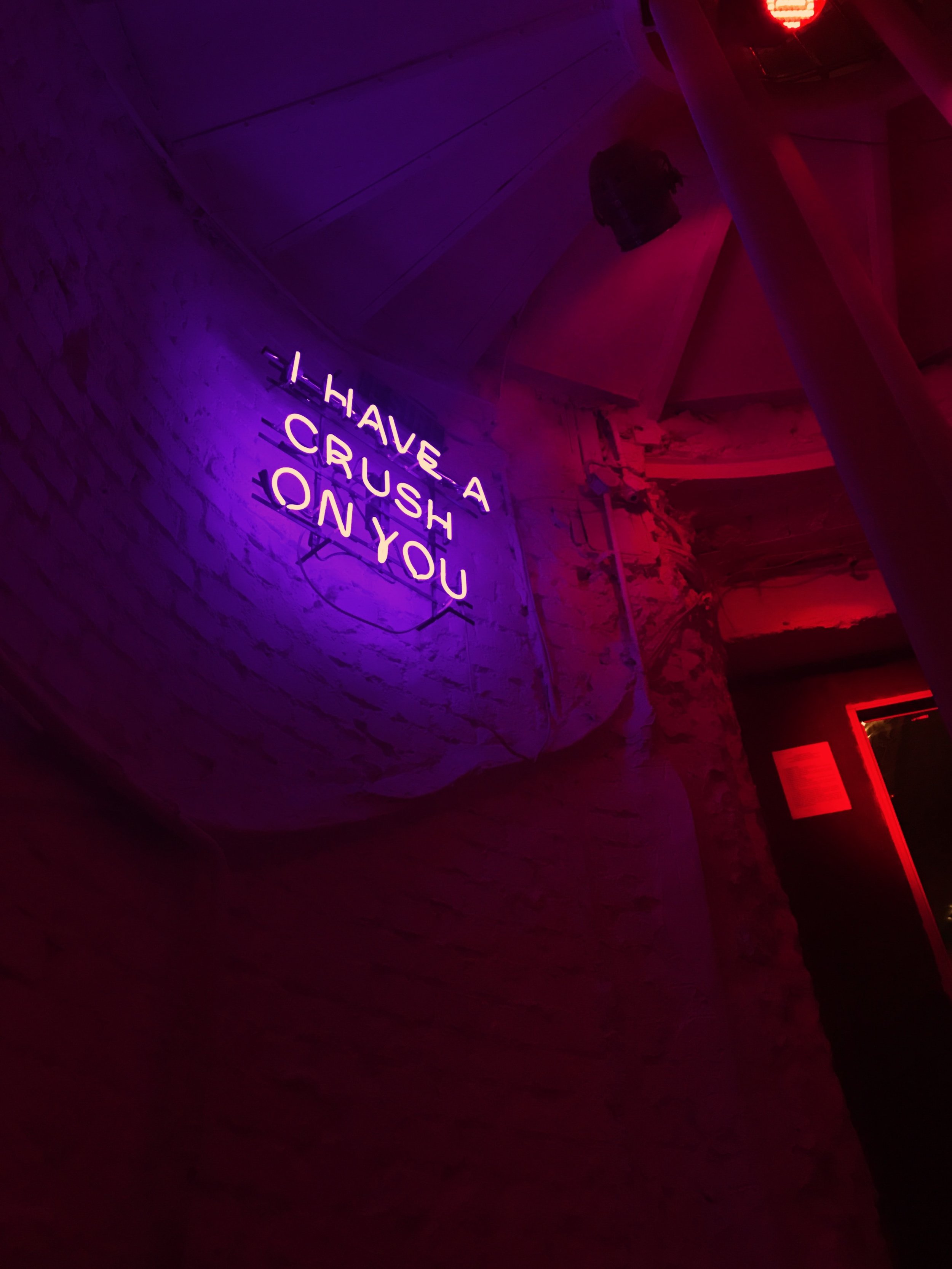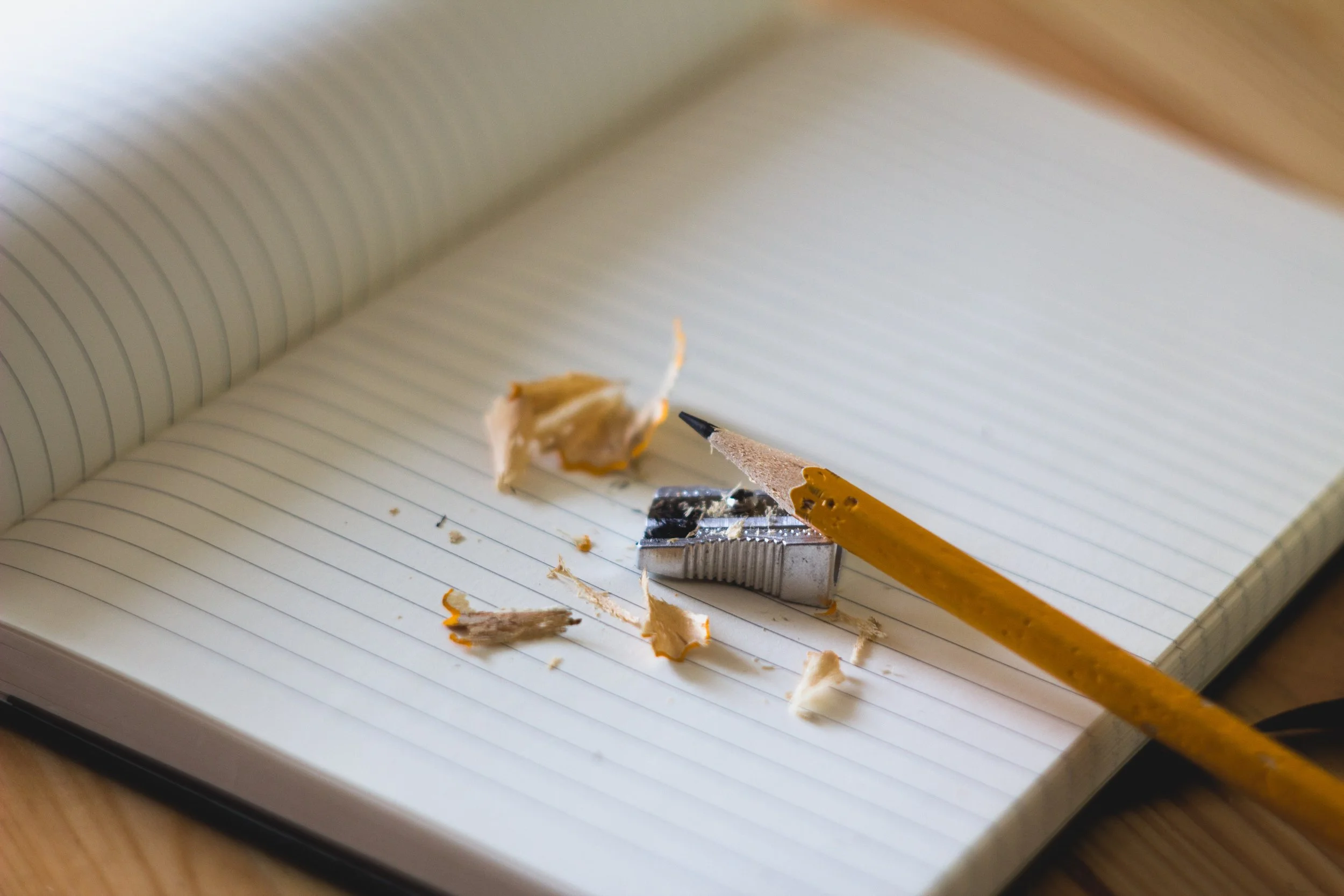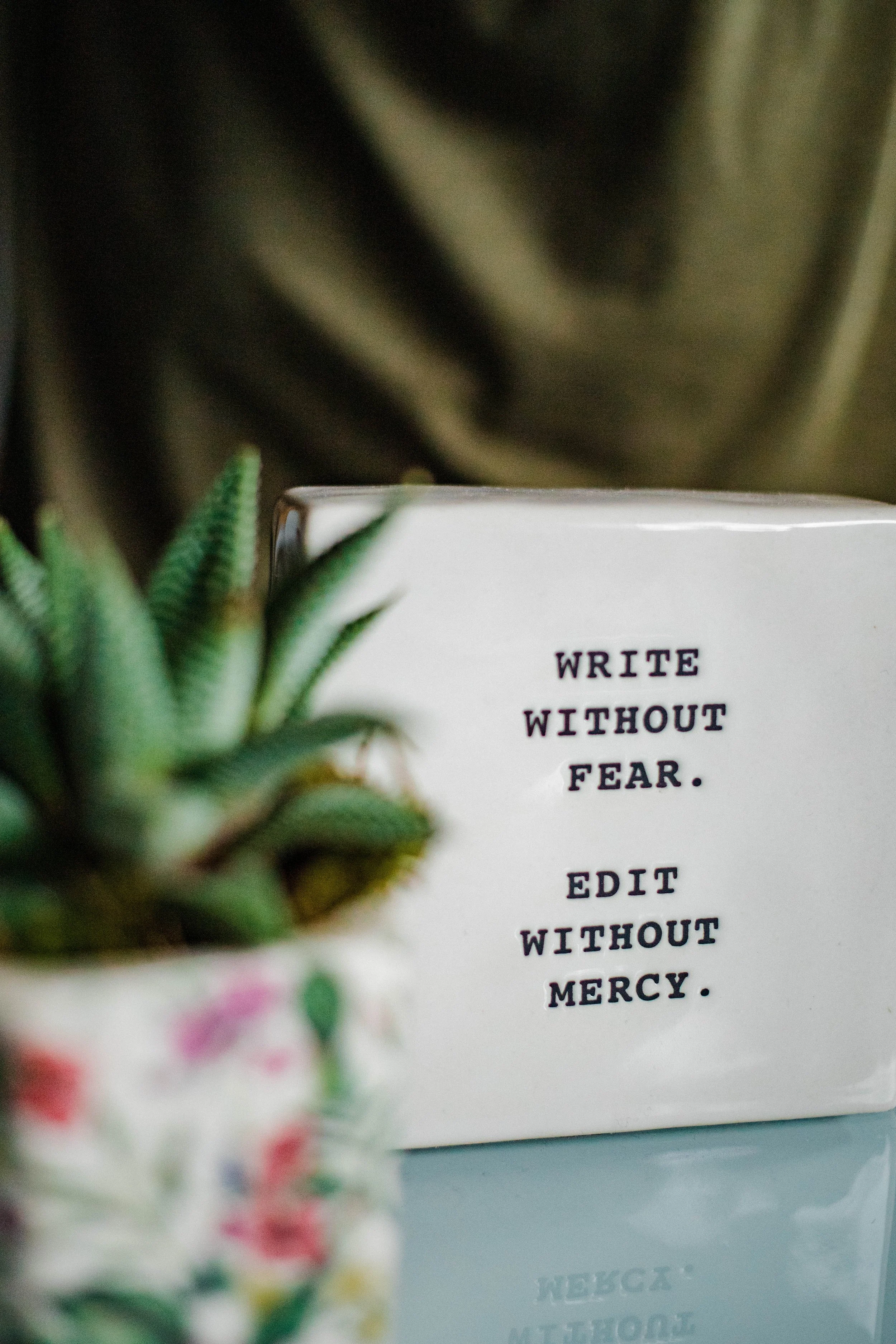Chicago Style Guide’s 18th Edition Shows How Language Evolves
If you’re writing a book, you should know The Chicago Manual of Style (CMOS) is the standard editorial guide in book publishing. All professional editors refer to it as they create a unique style sheet for each book that lists a publisher’s and author’s preferences (e.g., spell out “okay” or just use “OK”? Show possession as “Charles’ house” or “Charles’s house”? Put an author’s Acknowledgments page at the front of a book or at the back?).
A Tale of Two Trade Book Copyediting Tests
I recently completed two copyediting tests for traditional publishing houses to earn a spot in their freelance pools: one for a Big Five publisher and one for an independent press. I only “passed” one of them. Here’s what happened.
How to Spend Five Hours Alone with a Tired Three-Year-Old Who’s Getting over a Cold
It’s always better when Mommy is home. Aunt Chewy has no idea what’s she doing.
The Boy in the Microscope
Donna Drysdale as told to Chelsey Drysdale
In summer 1968, when we were almost nineteen, we had our first kiss on the Adventure Thru Inner Space ride at Disneyland. The ride purported to shrink people to smaller than an atom inside a giant artificial microscope, but as I sat next to the cutest boy I’d ever seen in real life, my buzzing atoms felt more expansive than ever. Earlier that day, the boy—who most likely wore Levi’s Button Fly jeans, a button-up, short-sleeved shirt with pin stripes, white socks, and black shoes—was nervous as we boarded the parking lot tram. This was my first date with him. This was his first date ever.
Ending a Memoir When the Story Isn’t Over
How I Wrote a Memoir: Part XVI
A Tale of Four Endings: Real Talk at the Birthday Party, Mourning My Unborn Children, Nocturnal Upstairs Neighbors, and 2-D Dating Profiles
I wrote several endings for my manuscript in a nine-year period, including an early one about a conversation I had at a backyard birthday party with a lovely woman who was happily married, her four-year-old daughter dancing in the living room to The Go-Go’s. I was envious of what I perceived she had. She said she never planned to marry, but here she was. I wanted to marry (again) and have a daughter like hers who danced to The Go-Go’s in the living room—the way I did in the eighties. I felt like a forty-year-old disappointment because I hadn’t checked all the boxes on an arbitrary timeline.
Concealing a Memoir Character’s Identity
How I Wrote a Memoir: Part XV
How to Write about Real People Anonymously
After my developmental editor read my essay collection, I sent him a couple extra pieces involving a Very Important Person I left out of the manuscript. I’d written the pieces for a workshop, shared them with the workshop, received feedback, and rewritten them. Then I’d set them aside, knowing if I included them in the manuscript—with the specific details I’d shared—several people would ascertain his identity, which I considered a deal-breaker.
Lost in Los Angeles
How I Wrote a Memoir: Part XIV
My penchant for overthinking spilled onto the page, but guessing games don’t make the cut.
By page 193 of my essay collection, I’m still making the same mistakes: starting essays with backstory instead of scenes; writing lengthy origin stories about how I met certain people—and often sharing what happened to them after they were no longer in my life; including every detail about every experience without curating the sparkly bits; and speculating about what other people are thinking and why they’re acting the way they are.
No one knows what a person is thinking and what that person’s motives are, especially when the writer barely knows them, so why hypothesize?
Proto-Cyber-Courtship to Real-Life ‘Relationship’
How I Wrote a Memoir: Part XIII
Two Beginnings, Two Endings, Tangential Characters, and Toying with the Timeline
At this point, you may be wondering, “How many dudes can this silly girl fall for before she gets it right?” Will I ever get it right? I get it wrong way less often than I used to, and I now have a better understanding about why I got it wrong so many times, in part because I wrote a whole book about it—kind of the point!
Take for instance the guy I met online long before dating apps became the norm. In my essay collection circa 2014 to 2017, a twenty-eight-page piece about this same-aged man starts at the beginning of our story, the night before my twenty-sixth birthday in 1999 when we were playing Hearts on Yahoo! with a couple other strangers. He sent me an email after the card game to wish me happy birthday. We then wrote long emails back and forth nearly every day for a couple months. He didn’t know what I looked like. I didn’t know what he looked like. If you remember life before social media, you understand.
A ‘Stalker,’ a Disappearance, and a Couple of CPR Dummies
How I Wrote a Memoir: Part XII
On my fiftieth birthday, I recall a crush from twenty-four years ago.
The essay collection I wrote in 2014 not only includes essays about boys I dated but also an essay about a boy I wish I’d dated. In spring 1999, after boyfriend number three and I broke up, I took a required health class to finish my teaching credential, and on the first day of school, I had a rare “where has he been all my life?” moment when a handsome young man walked into the room and sat down a couple seats away from me. I saw him for three hours once a week for sixteen weeks and didn’t ask him if he had a girlfriend until we were walking to the parking lot on the last day of the semester. He was still dating his high school girlfriend “unfortunately,” he said. We hugged goodbye, and I didn’t see him again for nine months.
The Yes Girl and Her First Love
How I Wrote a Memoir: Part XI
A Working Title, a Slayer Concert, and Links Between Unlikely Events
When I worked on the first iteration of my manuscript, I wrote essays about my love life in a linear fashion because it didn’t dawn on me to do otherwise. I wasn’t explicitly connecting the stories, so it made the most sense not to write about my short marriage, then tell the story of my first love, then, say, sprinkle in my grief over never having children. I aimed for clarity; a linear structure seemed like the logical way to keep the reader from getting lost. I’d participated in enough writing workshops to know it’s not unusual for even the most discerning reader to become befuddled. When a nonfiction writer tells her story, she may forget strangers know nothing about her before they start reading. She can’t assume readers will understand her background, desires, and characters from her life unless she fills in the gaps—at strategic times: When did this happen? Where? Who is this person? Why is this situation important? How did we get here? A writer wants to complicate the story in as much as she wants the reader to turn pages to find out what happens next, but puzzling the reader for the sake of puzzling the reader is a surefire way to ensure she won’t finish the book.
The First Essay of the First(ish) Draft of a Collection
How I Wrote a Memoir: Part X
When I sat down to write a book, writing an essay collection was a logical choice, and starting with romantic missteps in high school seemed like the best place to start.
In January 2014, with a few essays written and workshopped—and one of them published in an anthology—I finally realized I was capable of writing a nonfiction book about my tragic—and hilarious—love life, the topic I was drawn to almost exclusively. Up until then, however, I had no particular plan for these lengthy, nonchronological essays about dumb boys and my broken heart. At forty years old, it had been eighteen years since I had written in a journal, “I just want to be a writer,” and now I was able to say aloud, “I’m a writer,” without adding an undermining caveat. My assuredness wasn’t high, but it was improving because of people like Shawna Kenney, whom I wrote about in the last entry.
A Tribute to Mentors
How I Wrote a Memoir: Part IX
The missing workshop feedback, what I found in my parents’ garage, and my first true writing advisor.
Remember at the beginning of this series when I said I saved everything related to my writing for the last fifteen years? I lied. The only drawback of an in-person workshop is when the feedback is handwritten on hardcopy pages, the stack gets large, and when you move as often as I have, and you eventually publish the essay you revised in that 2013 UCLA Extension personal essay class—the “dead ex-student essay” from blog #8—you feed the pages into the shredder because you don’t think you need them anymore.
Feedback as an Act of Compassion
How I Wrote a Memoir: Part VIII
What’s the effect on a writer when an instructor’s critique goes beyond the page?
It’s 2011, and I’ve signed up for another online writing workshop with one of the same instructors I worked with at Gotham Writers Workshop. Only this time the platform is her own setup. For the past three years since I ended my last “real” relationship, I’ve racked up dubious experiences with men who aren’t right for me, and my self-esteem is plummeting, but these romantic blunders make for excellent storytelling—if told properly. As I make poor decision after poor decision in a loop of desperation, I stockpile material for personal essays, my future manuscript, and sessions with a therapist.
Crossroads and Structure: A Dreadful Haircut, a Trip to the Mall, and a Life-Changing Decision
How I Wrote a Memoir: Part VII
Write it now. Organize it later.
Whenever anyone asks me, “When did you start writing your book?” I always cite January 2014. But that’s only when I started writing my manuscript in earnest—an essay collection at the time. If the short pieces I wrote for a Gotham Writers Workshop Memoir II class in late 2008 are any indication, I really started writing my book then; I just didn’t realize I was writing a book. Portions of two assignments in particular provided the basis for one of the chapters that would end up in my memoir manuscript—organized differently, written differently, and in nowhere near their current form. Yet, writing them was an integral precursor to writing a lengthier, better connected, more sophisticated work.
Learning to Expand Before Learning to Cut
How I Wrote a Memoir: Part VI
I doubled the length of an early workshop piece before chiseling it for my manuscript.
For the first assignment in my Gotham Writers Workshop Memoir I class in 2008, I wrote about colliding with a new romantic prospect in Las Vegas—a destination I neither chose nor particularly like. Our chance meeting was significant and instantaneous at the worst possible time in the worst possible place under the worst possible circumstances. My first—but nowhere near my last—attempt at writing this story filled just over one page single-spaced and skipped key information that would have provided the reader with the full picture. I chose to revise the assignment to turn in for week ten. The revision was more than twice as long and filled in major gaps, but it didn’t provide pertinent elements that now appear in my memoir manuscript across multiple chapters. What happened in Vegas only makes up 762 carefully whittled words in my memoir. I couldn’t have written the final version without these first two pieces.
Choosing Chapter One
How I Wrote a Memoir: Part V
What Does a Writer Do When Two Talented Authors Provide Contrasting Feedback?
In spring 2008, I ended an engagement a month before my second wedding and flew home to California from Georgia with the tags still on my bridal dress. I was single, despondent, relieved, and ready to write again. At thirty-five, I was about to make a slew of dubious decisions that would become material for my future memoir manuscript, but I had plenty to write about already when I signed up for a Gotham Writers Workshop Memoir I class.
Drive-Through Debacle with Lucky Thirteen
How I Wrote a Memoir: Part IV
An Anecdote, Not an Essay
Before we say goodbye to my creative writing workshop in 2007, let’s discuss one more piece from the ten I wrote during the quarter. In Part III, we looked at a story involving my relationship with my college boyfriend. For the final lesson, I wrote about the man I would date immediately after him while I was still grieving lost love—a rebound that would last longer than the relationship from which I was rebounding. Lesson 10 is called “Drive-Through Debacle.” With my third boyfriend, I had many debacles from which to choose between 1997 and 1999. This one involves an undignified late-night, post-dance-club Del Taco run.
A Theme Takes Shape
How I Wrote a Memoir: Part III
Early Snippets from College Heartbreak Become Integral to Future Work
My UCI Extension Creative Writing workshop in 2007 provided early practice for my nonexistent memoir, but it would be another seven years before I would say, “I’m writing a book.” At this stage, I didn’t believe I was capable, nor did I know what kind of book I wanted to write. But a decade after my college boyfriend broke up with me, I was still trying to piece together why, which is why I was compelled to write a vignette about him for Lesson 7 during this online class, a few details of which were later expanded into scenes and included in my manuscript; a few details of which I had forgotten until rereading them recently; and a few details I discarded when I later crafted my experiences into a cohesive whole. In this early piece, the first sentence isn’t true:
The Fall
How I Wrote a Memoir: Part II
A Critique of My First Workshop Essay
Imagine a thirty-four-year-old transplant sitting at her soon-to-be fiancé’s oak desk in a suburban home north of Atlanta, Georgia, across the street from the cul-de-sac moms who lounge in lawn chairs in the driveway chatting, while their husbands work and their toddlers tumble in the grass. In 2007, I imagine I was invisible to the neighborhood Southern ladies because I was a childless, unmarried Californian with a job. It didn’t take much to determine we had nothing in common.
2022 Online Writing Rundown
I went through my Twitter “likes” and created a list of some of the best pieces I read this year. Here’s a sampling. What were some of your favorites of 2022?
